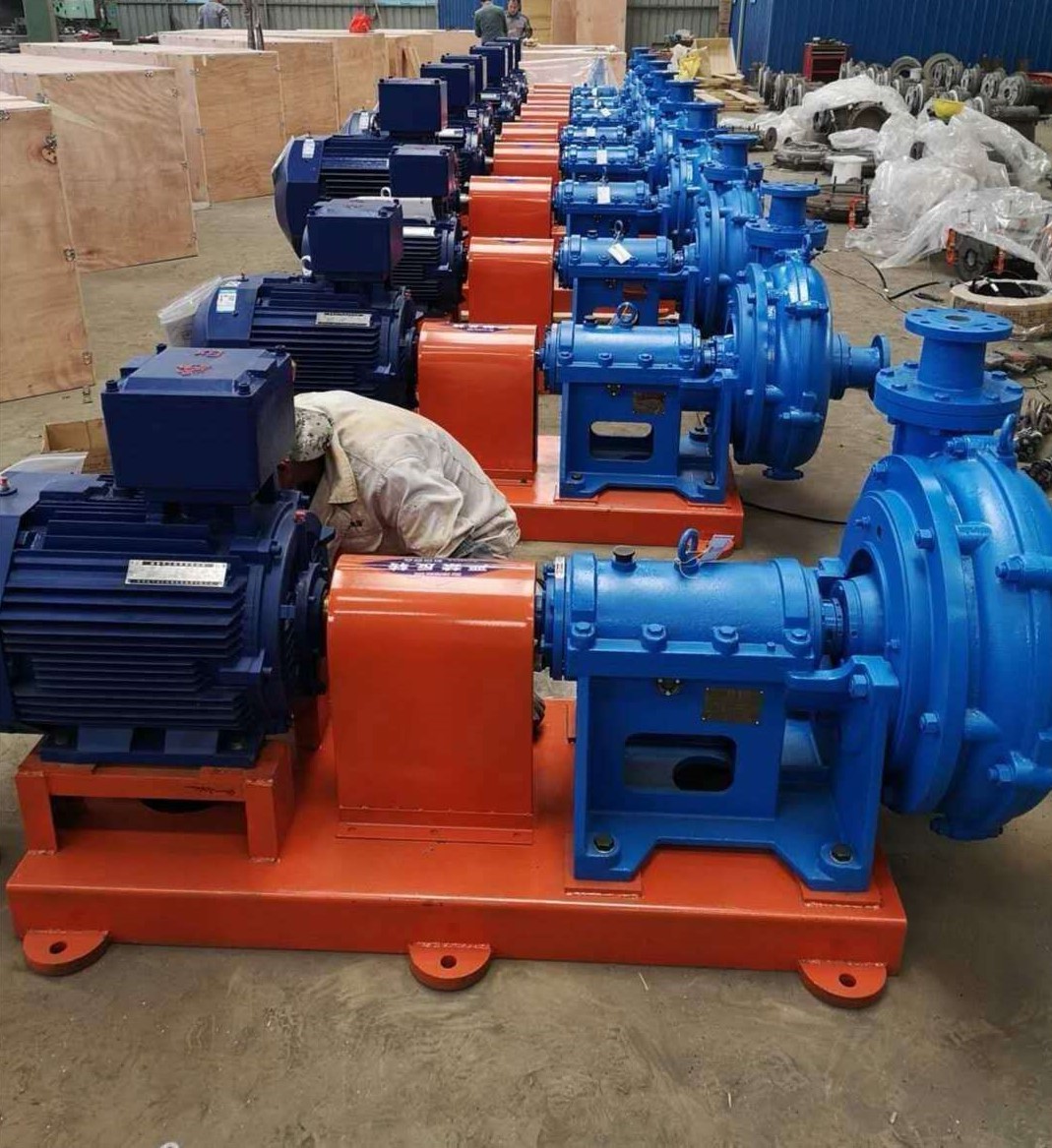Turkmen
- Afrikaans
- Albanian
- Amharic
- Arabic
- Armenian
- Azerbaijani
- Basque
- Belarusian
- Bengali
- Bosnian
- Bulgarian
- Catalan
- Cebuano
- Corsican
- Croatian
- Czech
- Danish
- Dutch
- English
- Esperanto
- Estonian
- Finnish
- French
- Frisian
- Galician
- Georgian
- German
- Greek
- Gujarati
- Haitian Creole
- hausa
- hawaiian
- Hebrew
- Hindi
- Miao
- Hungarian
- Icelandic
- igbo
- Indonesian
- irish
- Italian
- Japanese
- Javanese
- Kannada
- kazakh
- Khmer
- Rwandese
- Korean
- Kurdish
- Kyrgyz
- Lao
- Latin
- Latvian
- Lithuanian
- Luxembourgish
- Macedonian
- Malgashi
- Malay
- Malayalam
- Maltese
- Maori
- Marathi
- Mongolian
- Myanmar
- Nepali
- Norwegian
- Norwegian
- Occitan
- Pashto
- Persian
- Polish
- Portuguese
- Punjabi
- Romanian
- Russian
- Samoan
- Scottish Gaelic
- Serbian
- Sesotho
- Shona
- Sindhi
- Sinhala
- Slovak
- Slovenian
- Somali
- Spanish
- Sundanese
- Swahili
- Swedish
- Tagalog
- Tajik
- Tamil
- Tatar
- Telugu
- Thai
- Turkish
- Turkmen
- Ukrainian
- Urdu
- Uighur
- Uzbek
- Vietnamese
- Welsh
- Bantu
- Yiddish
- Yoruba
- Zulu
Telephone: +86 13120555503
Email: frank@cypump.com
Nov . 19, 2024 19:53 Back to list
horizontal centrifugal slurry pump
Horizontal Centrifugal Slurry Pump An Overview
Horizontal centrifugal slurry pumps play a critical role in various industrial applications, particularly in the mining, mineral processing, and construction sectors. These pumps are specifically designed to handle abrasive and viscous slurries, ensuring efficient transport of materials such as coal, ores, and tailings. This article provides an overview of horizontal centrifugal slurry pumps, their design, operating principles, and applications.
Design and Structure
The horizontal centrifugal slurry pump features a robust and durable design, essential for managing the harsh conditions associated with slurries. The pump's construction typically includes a voluntary casing, impeller, and a series of wear-resistant components. The impeller, often made from hardened alloys or rubber, rotates at high speeds, creating a centrifugal force that moves the slurry from the inlet to the discharge side.
One of the key characteristics of these pumps is their design layout. The horizontal orientation allows for easy installation and maintenance. This configuration also supports the gravity feed of the slurry, ensuring a steady flow while minimizing the risk of air entrapment, which can disrupt pumping efficiency.
Operating Principles
The operation of a horizontal centrifugal slurry pump revolves around the principles of fluid dynamics. When the impeller spins, it generates a low-pressure area at the intake, causing the slurry to be drawn into the pump. As the slurry enters the impeller, it is subjected to centrifugal force, which accelerates it outward. The slurries are then expelled through the discharge outlet.
One of the critical aspects of handling slurries is the need to mitigate wear and tear on pump components. This is achieved through the use of material selection, pump design, and, in some cases, the incorporation of non-clogging features. The speed of the impeller and the size of the slurry particles also play essential roles in pump performance. Generally, these pumps are engineered to handle a wide range of solid concentrations and particle sizes.
Applications
horizontal centrifugal slurry pump

Horizontal centrifugal slurry pumps are extensively utilized across various industrial sectors. In the mining industry, they are essential for transporting slurries from mineral processing sites to tailings storage facilities. These pumps are capable of handling heavy mixtures laden with sand, clay, and other minerals, making them invaluable for conveying operations.
In the construction sector, horizontal centrifugal slurry pumps are employed for dewatering applications, where excess water mixed with soil or sand is pumped out to improve site conditions. Furthermore, they are used in the dredging industry, where they play a crucial role in removing sediments and debris from bodies of water.
Another significant application of these pumps is in wastewater treatment plants. The ability to manage slurries of varying viscosity and solid concentrations allows for efficient removal of sludge and other by-products from the treatment process.
Advantages and Considerations
The advantages of horizontal centrifugal slurry pumps include their high efficiency, reliability, and versatility. They are capable of handling high flow rates and may be configured for varying pressure requirements. Additionally, they can be customized to suit specific slurry characteristics, ensuring optimal performance.
However, potential users should consider maintenance and operational costs. Due to the abrasive nature of slurries, regular inspection and replacement of wear components are necessary to maintain efficiency and prolong the pump's life. Selecting the appropriate pump size, material, and configuration is crucial to ensure effectiveness in specific applications.
Conclusion
Horizontal centrifugal slurry pumps are indispensable in industries that deal with abrasive and viscous materials. Their robust design and efficiency make them highly effective in transporting slurries across various applications, from mining to wastewater management. Understanding their operating principles, advantages, and maintenance requirements is essential for industries relying on these pumps to ensure optimal performance and longevity.
-
Custom Drilling Mud and Slurry Pump Supplier - High Efficiency, Tailored Solutions
NewsJun.10,2025
-
Supply Vertical Submersible Sewage Pump High-Efficiency WQ/QW Pumps Supplier
NewsJun.10,2025
-
Premium Sewage Ejection System & Pumps Efficient Waste Removal
NewsJun.09,2025
-
Premium Wholesale Slurry Pump Impellers Durable & Efficient Slurry Handling
NewsJun.09,2025
-
Top Sewage Pump Companies Durable Industrial Solutions for Efficiency
NewsJun.09,2025
-
Heavy Duty Slurry Pumps - OEM High Performance & Bulk Wholesale
NewsJun.09,2025










